zhě
one who...
Origin unclear. 耂, which is a pictograph of a tree with paper mulberry leaves (original form of 楮), represents the sound.
Components
Evolution

Bronze script
Late Shang dynasty (~1100 BC)
Seal script
Shuowen (~100 AD)
Clerical script
Qin dynasty (221-206 BC)Regular script
ModernDefinitions
zhě
that which; he who; those who; (after a verb or adjective) one who (is) ...; (after a noun) person involved in ...; -er; -ist; (used after a number or 後|后[hòu] or 前[qián] to refer to sth mentioned previously); (used after a term, to mark a pause before defining the term); (old) (used at the end of a command); (old) this
Component uses
Sound component in 28 characters (14 verified)
Iconic component in 1 character (1 verified)
Simplified component in 1 character (1 verified)
Sources
季旭昇《說文新證》p.275-276
黃德寬《古文字譜系疏證》p.1450
